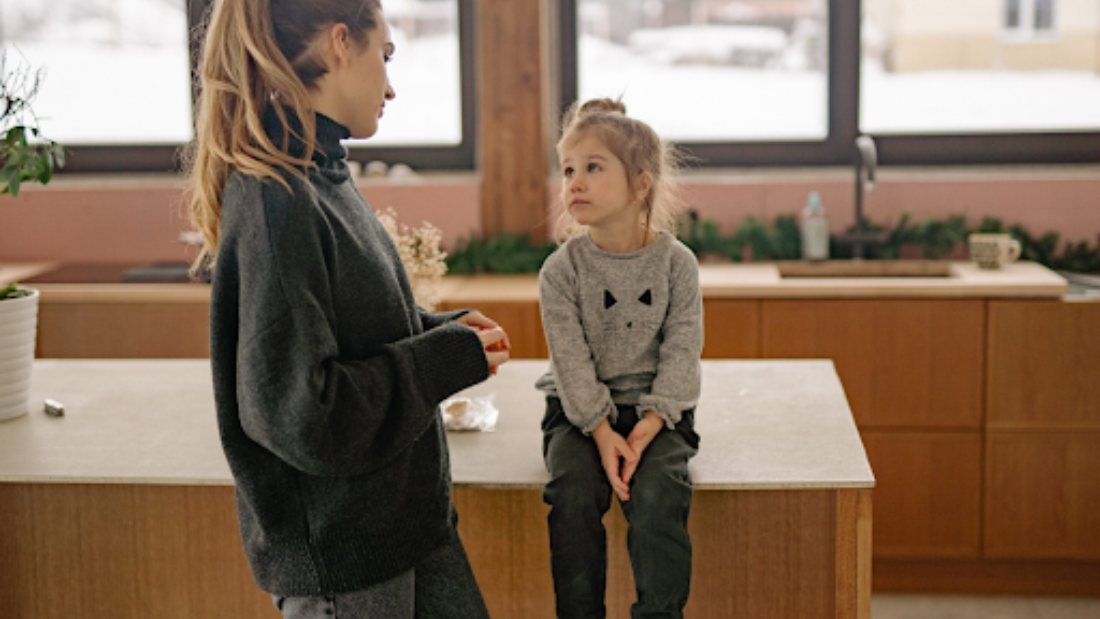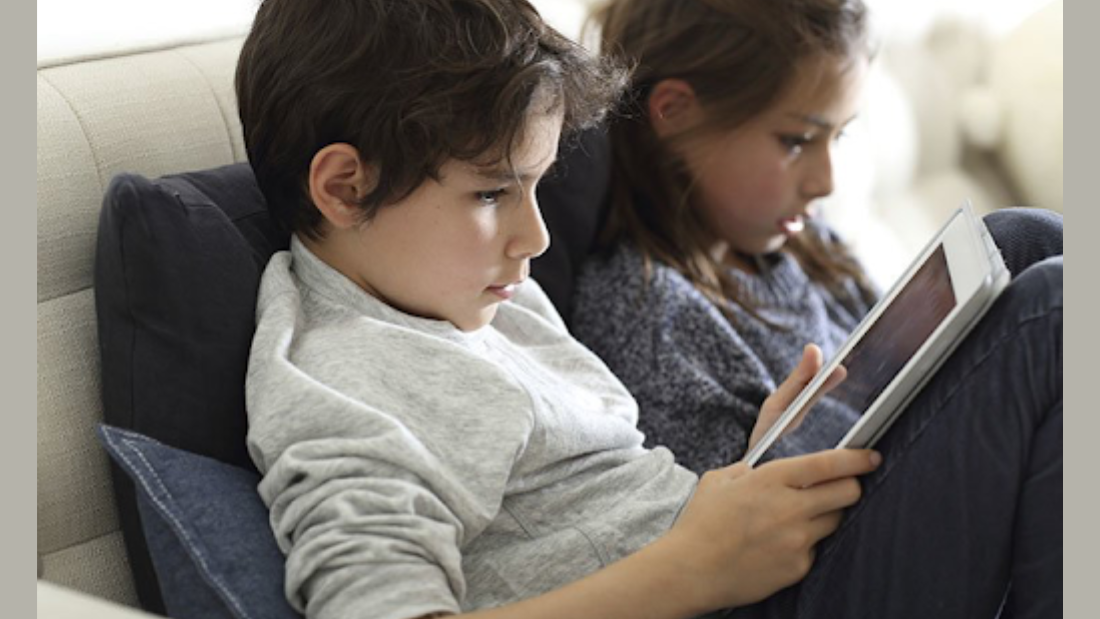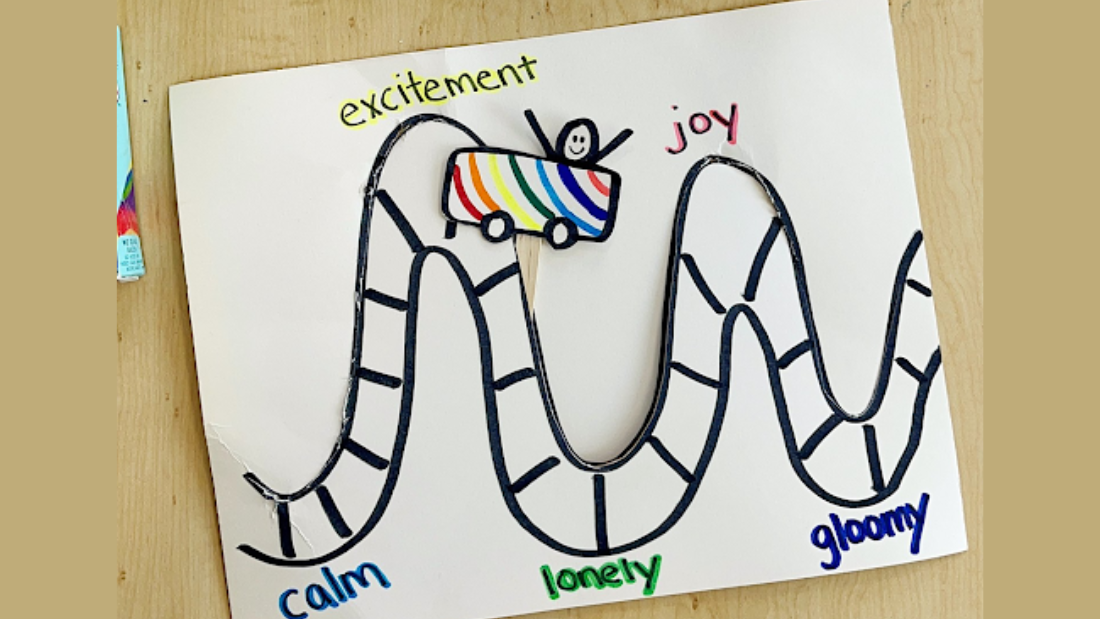Navigating the complexities of world events can be daunting for parents, especially when it comes to discussing sensitive topics with children. In an age where information is just a click away, it’s essential to have constructive and age-appropriate conversations about news, climate issues, and social matters without instilling fear. Here are some guiding principles for parents seeking to engage their kids thoughtfully and constructively.
To start, awareness is key. Parents should be informed about current events themselves and determine what is appropriate based on their child’s age and maturity level. Engaging in conversations about news stories can help foster a safe space where children feel comfortable asking questions. By staying attuned to what children see or hear, parents can better gauge their emotional responses and provide guidance accordingly.
When discussing troubling or complex topics, it’s important to frame conversations in simple, understandable terms. For younger children, using relatable examples can help clarify complicated issues. For instance, when talking about climate change, a parent might explain it as “taking care of our Earth, like cleaning up after ourselves at home.” This approach can help children see the connection between their actions and larger issues, empowering them without overwhelming them.
Encouragement is essential. Parents can reassure their children that, despite the challenges presented by world events, there are many people working hard to create positive change. Highlighting community efforts, environmental advocacy, or social justice movements can inspire hope and a sense of agency, showing children that they too can make a difference, even in small ways.
Listening plays a crucial role in these discussions. Parents should encourage children to express their feelings and thoughts about what they hear, validating their emotions while guiding them gently through any fears or anxieties. Asking open-ended questions, such as “What do you think about that?” allows kids to share their interpretations and feelings, creating a two-way conversation that fosters understanding.
Lastly, parents must consider the importance of moderation. While it’s valuable to engage with current events, it’s equally crucial to balance that with positive experiences. Make time for activities that promote joy and relaxation, ensuring that children understand the world is a mix of both challenges and beauty.
By fostering open, honest, and age-appropriate conversations about world events, parents can equip their children with the tools they need to understand the world while reducing fear and anxiety. Emphasizing hope, action, and community can lead to empowered children who feel informed and resilient in the face of life’s complexities.










